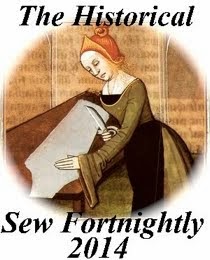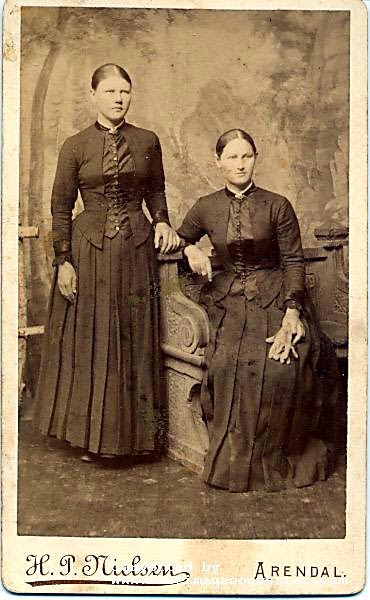 |
| Soft Biscotti. Photo: Elizabeth Urbach. |
The Challenge: #13 – Ethnic Foodways. Foodways and cuisine are at the heart of every ethnic group around the world and throughout time. Choose one ethnic group, research their traditional dishes or food, and prepare one as it is traditionally made.
My family is half Sicilian and a quarter Calabrese (from Calabria in southern Italy), and traditional (for us) Italian holiday food includes a few types of cookies. When my grandmothers were alive, we usually bought our cookies at the Italian bakery, or from the supermarket (Stella D'oro brand used to carry some of our favorites), but now, purchased cookies are less available to us, so in the last several years I've started researching and making some. This has also helped me enjoy all our Italian cookie favorites, since my nut allergies have made most traditional Italian cookies not an option for me (lots of almonds and hazelnuts).
My family is half Sicilian and a quarter Calabrese (from Calabria in southern Italy), and traditional (for us) Italian holiday food includes a few types of cookies. When my grandmothers were alive, we usually bought our cookies at the Italian bakery, or from the supermarket (Stella D'oro brand used to carry some of our favorites), but now, purchased cookies are less available to us, so in the last several years I've started researching and making some. This has also helped me enjoy all our Italian cookie favorites, since my nut allergies have made most traditional Italian cookies not an option for me (lots of almonds and hazelnuts).
The issue with re-creating historic Italian cookies is the
fact that literacy has not been a common skill in Italy and Sicily for many
years – really only since World War 2.
My own grandparents were the first literate generation in their
families; their parents were illiterate, and so was the rest of that
generation, so their recipes have been passed down by mouth and by example,
rather than being written down. With
that oral tradition comes the tradition of each person making the recipe
slightly differently, according to their own tastes, which makes it hard to
trace it back to the "original" version!











































